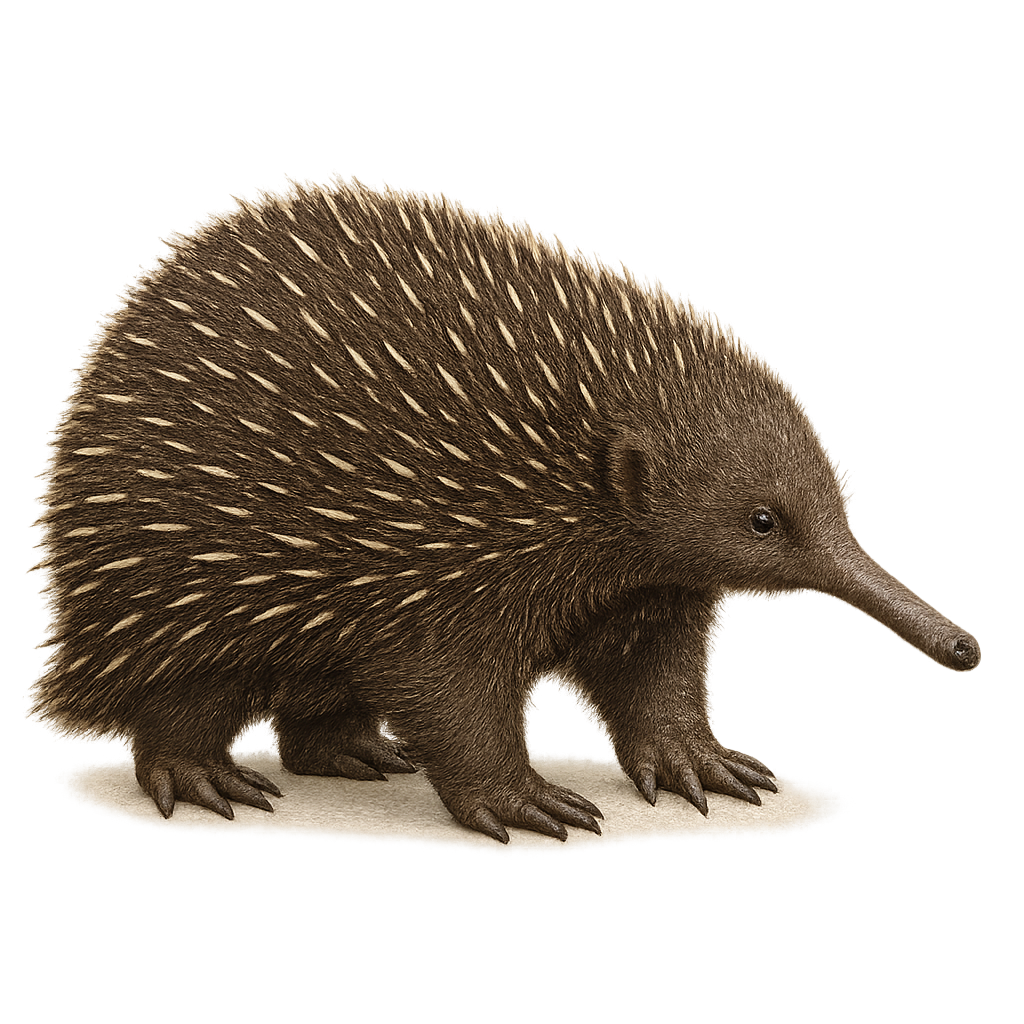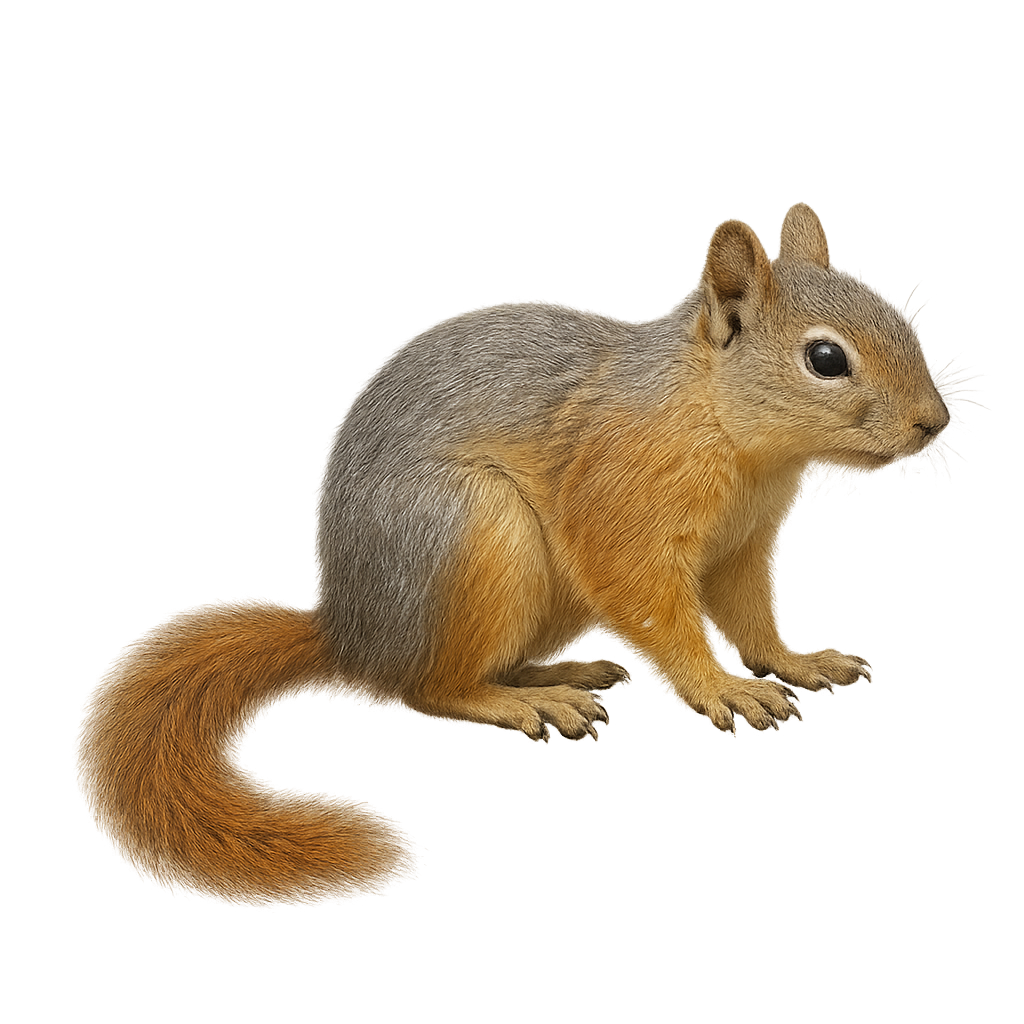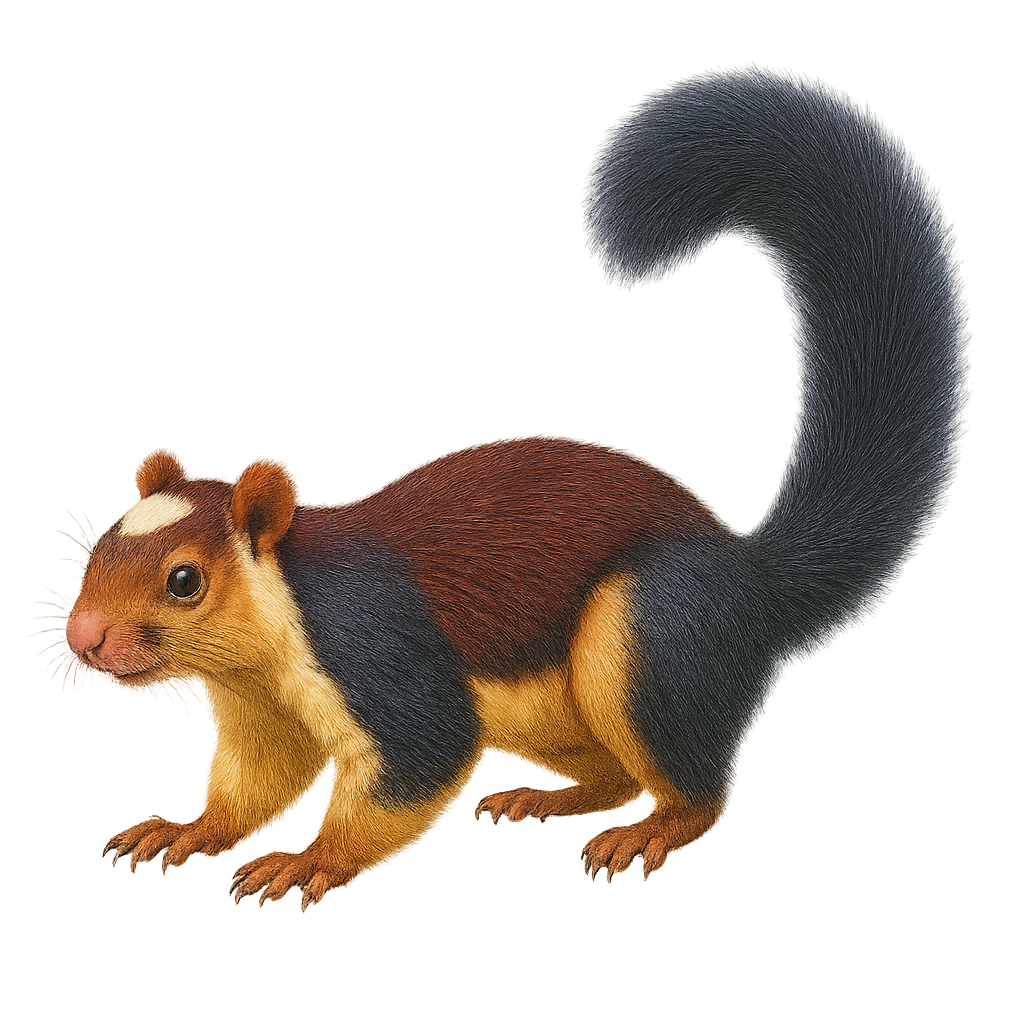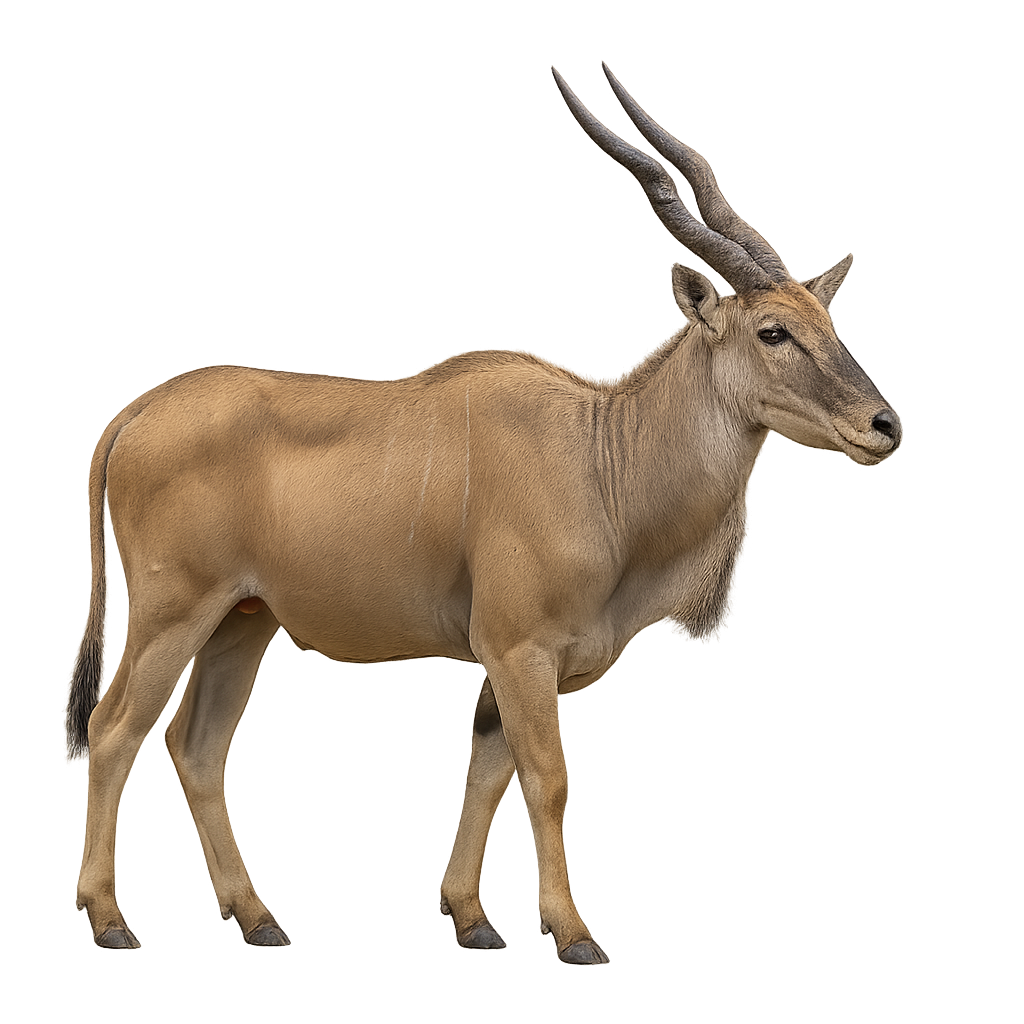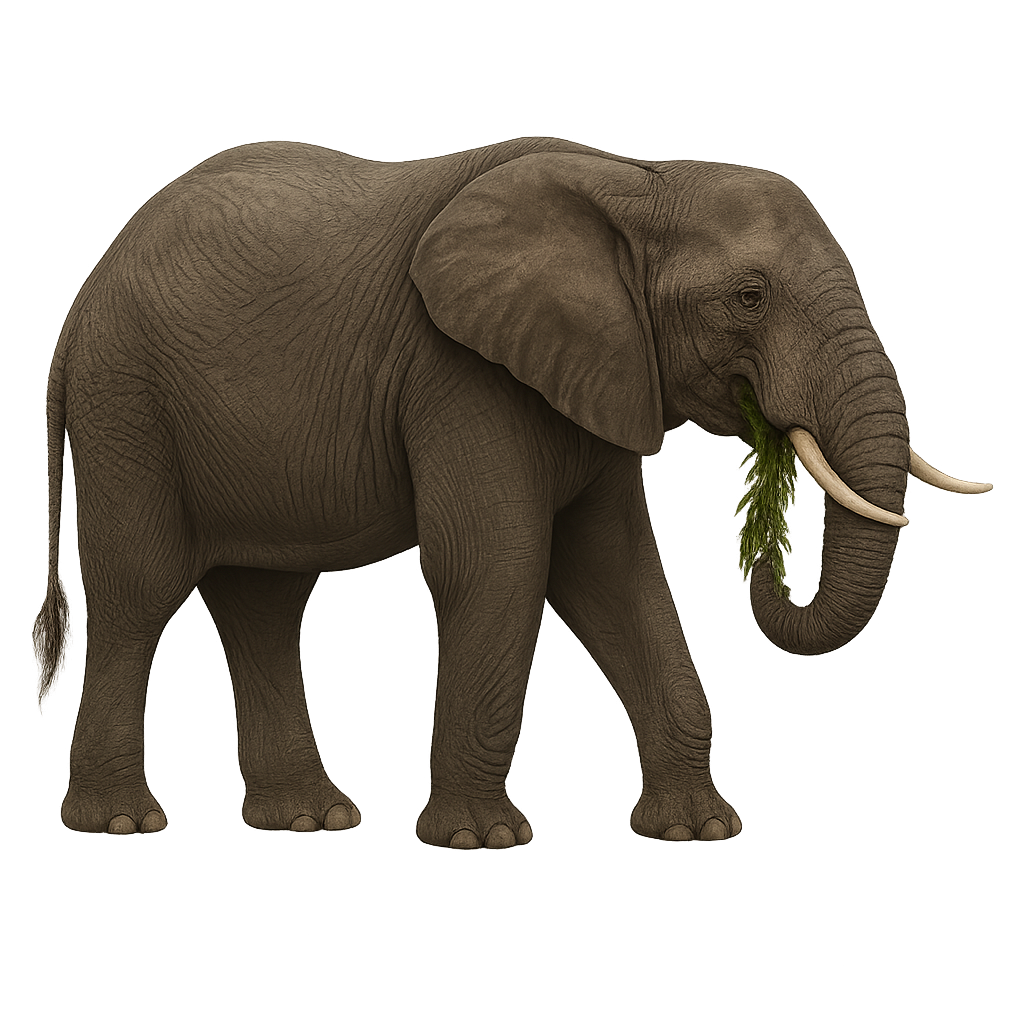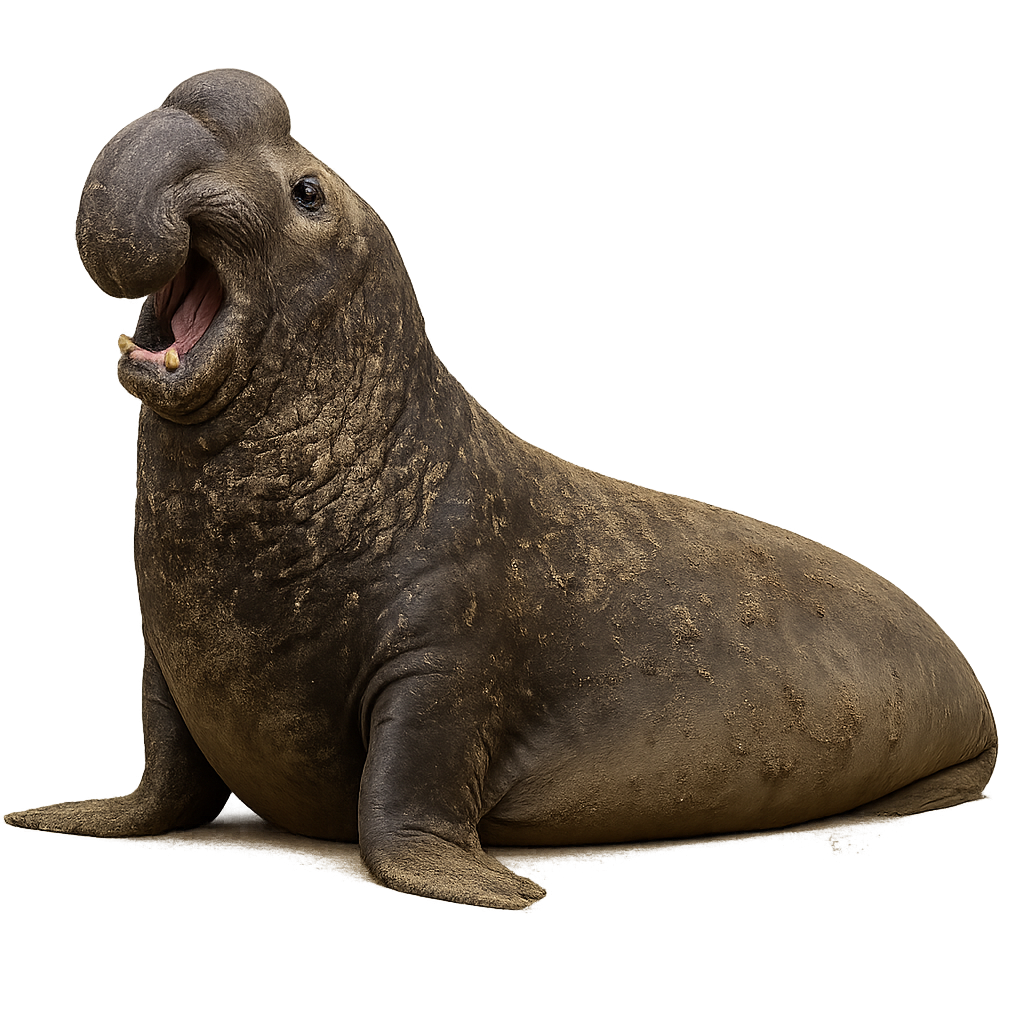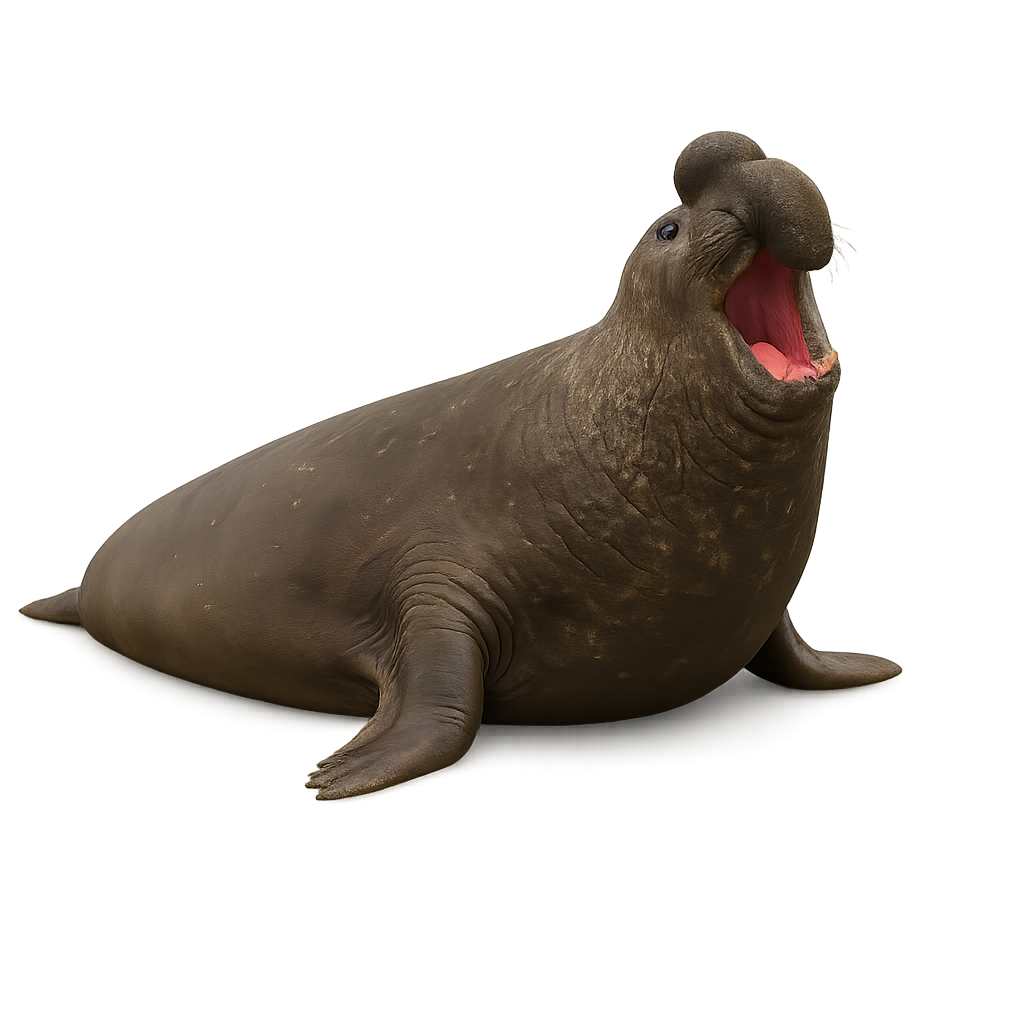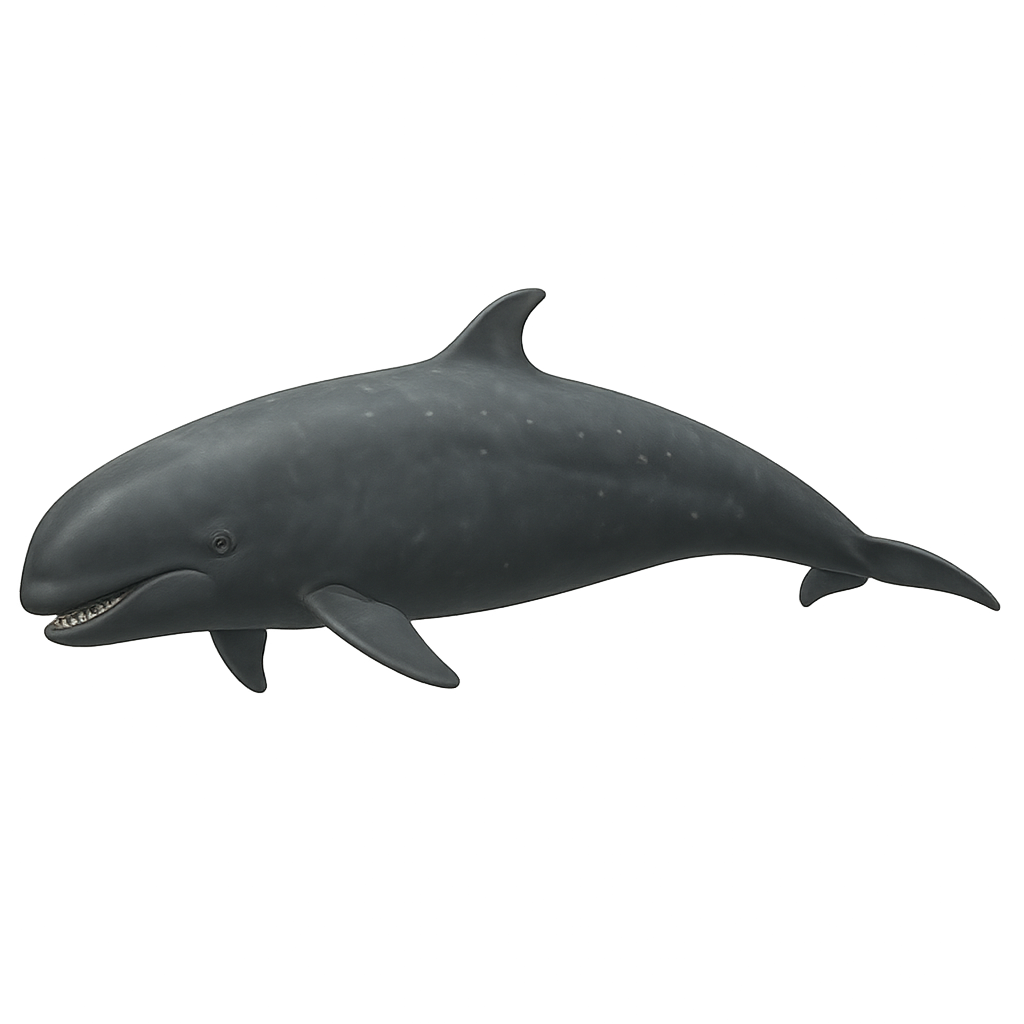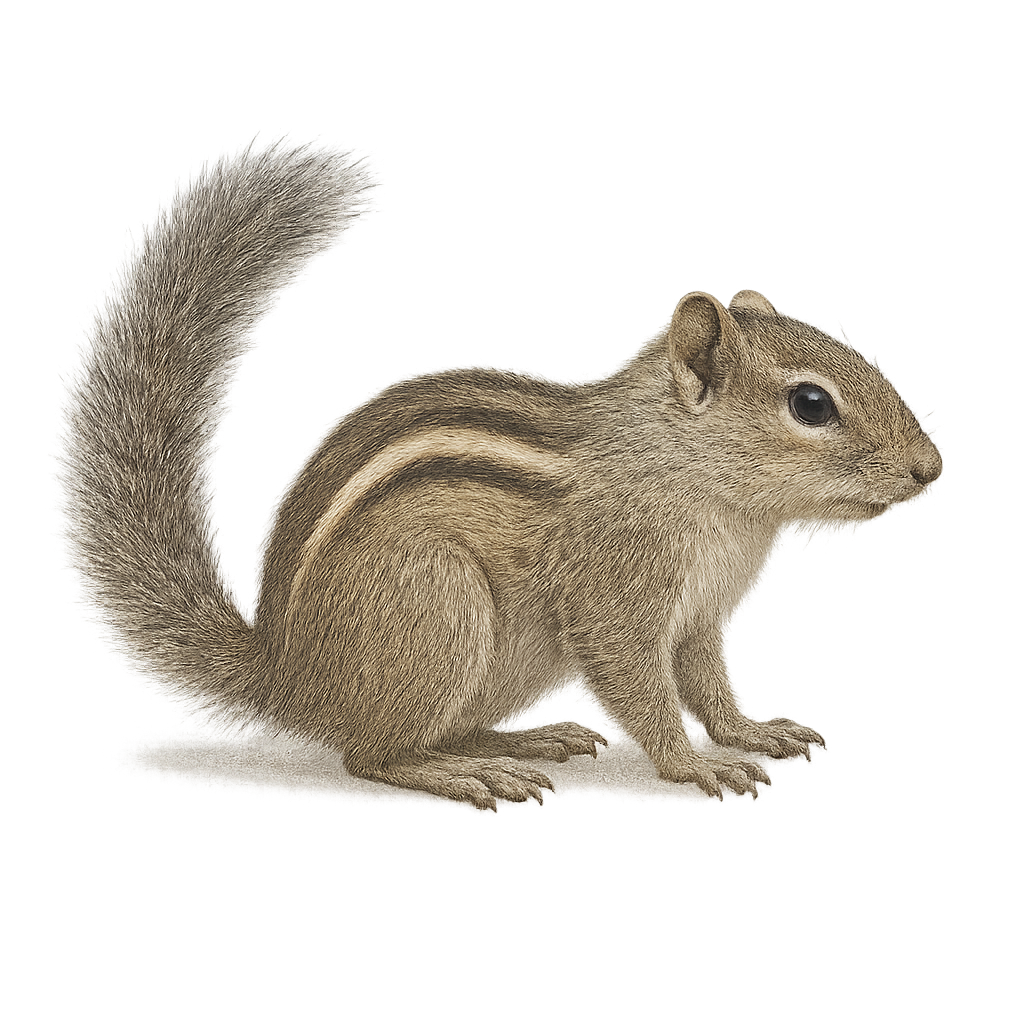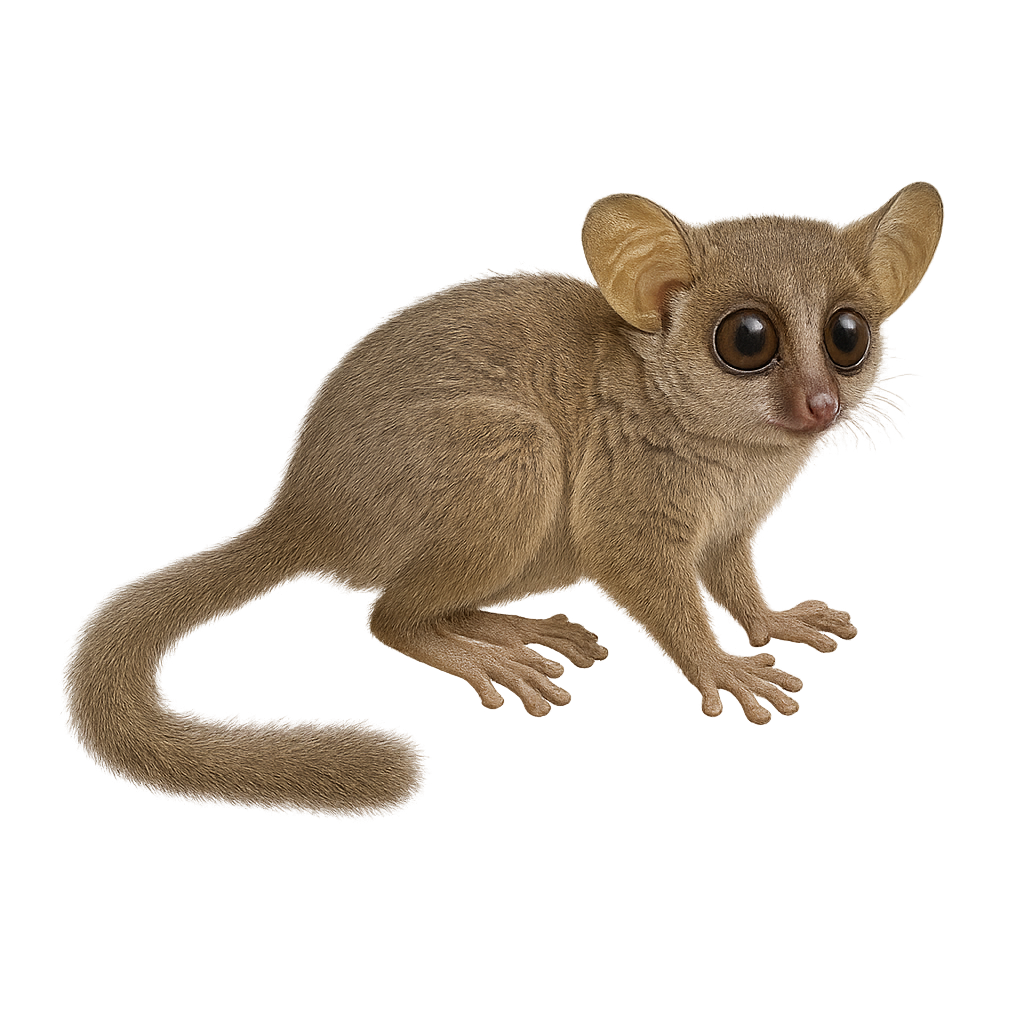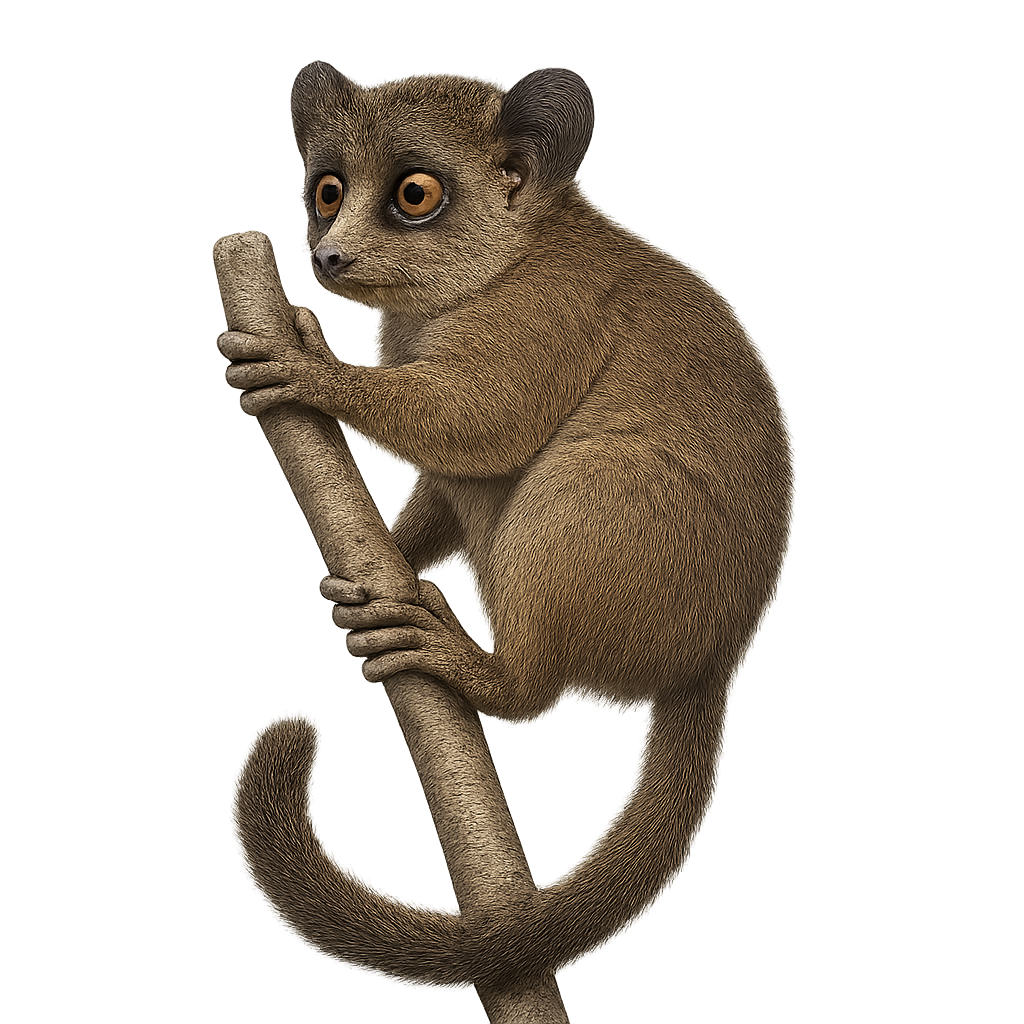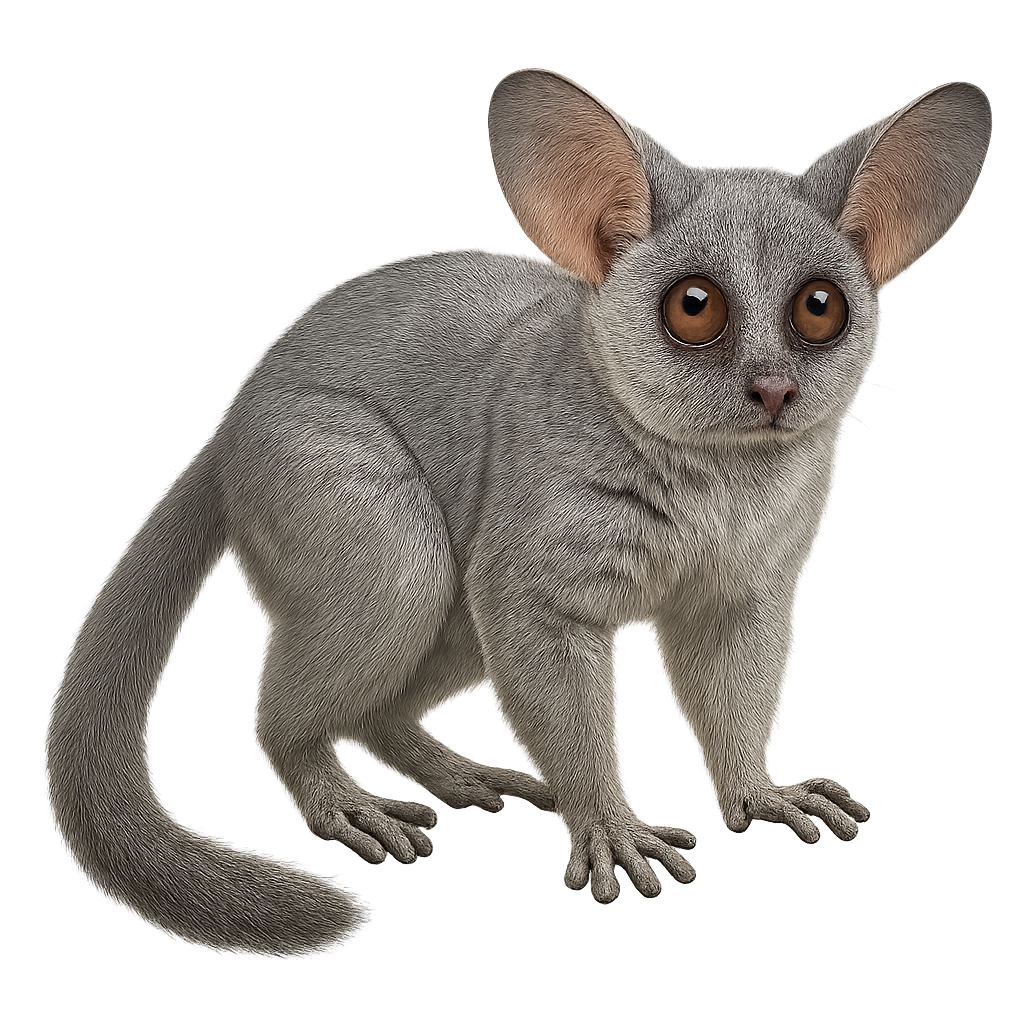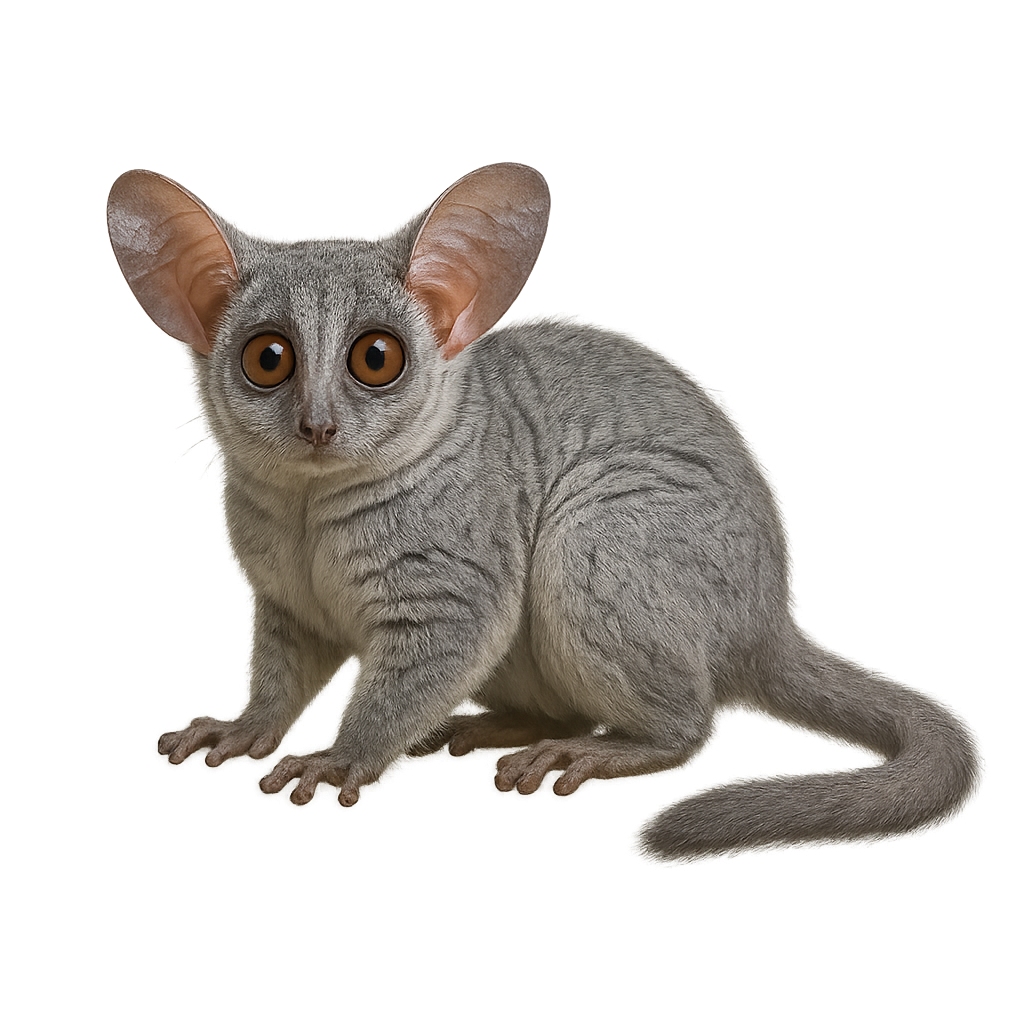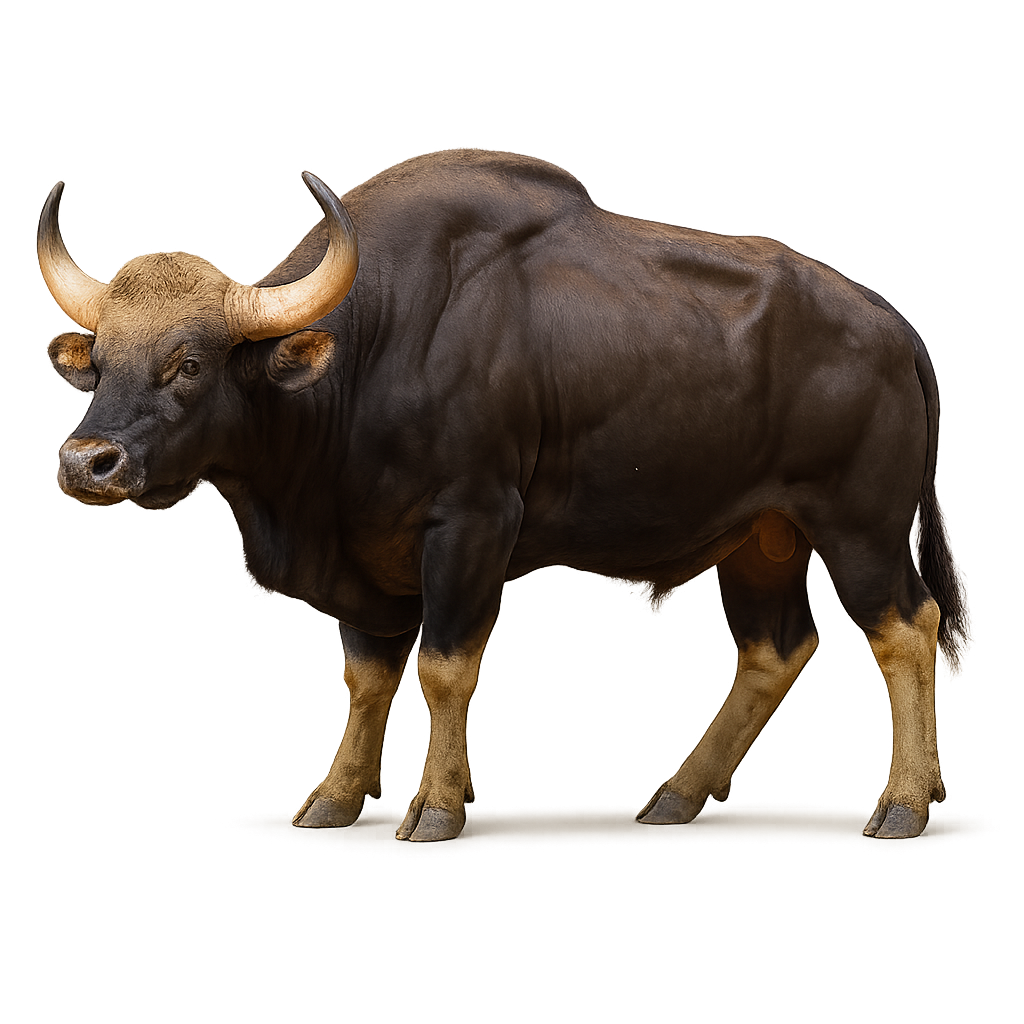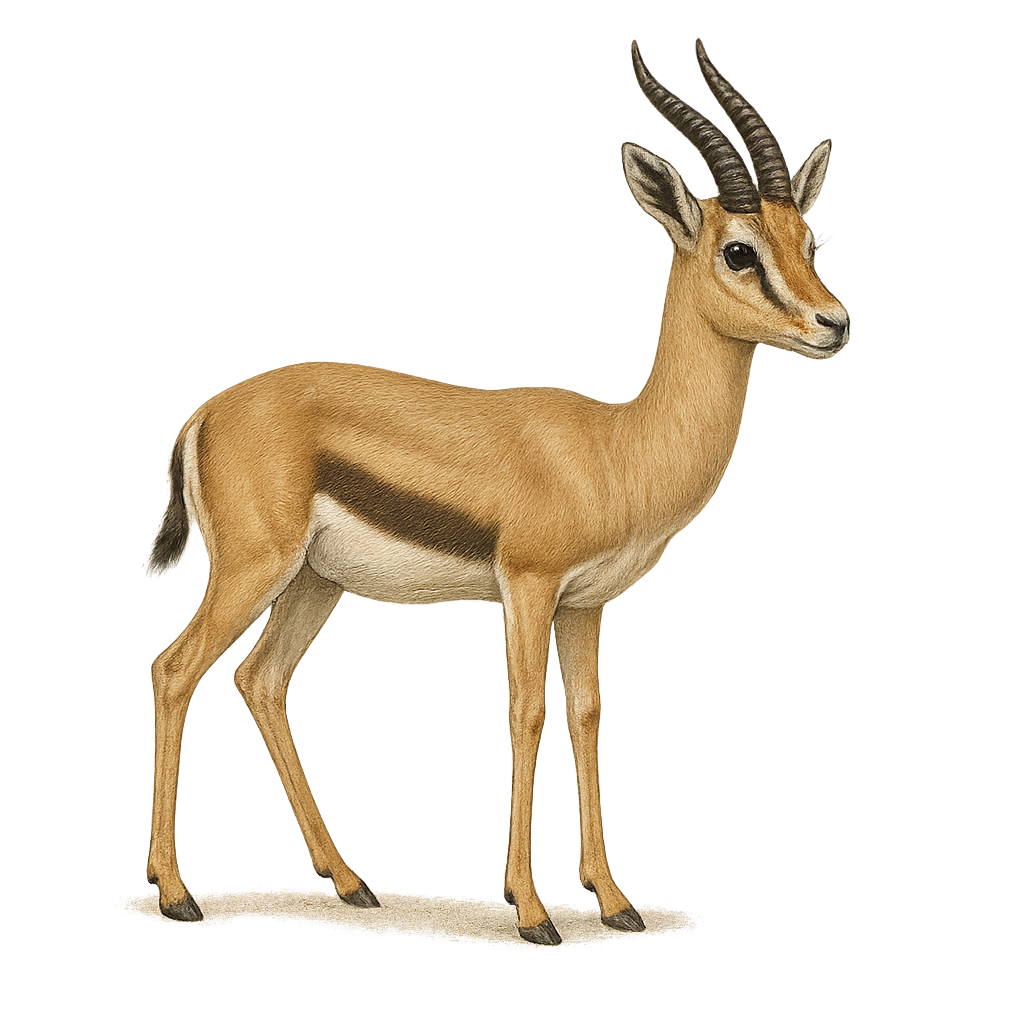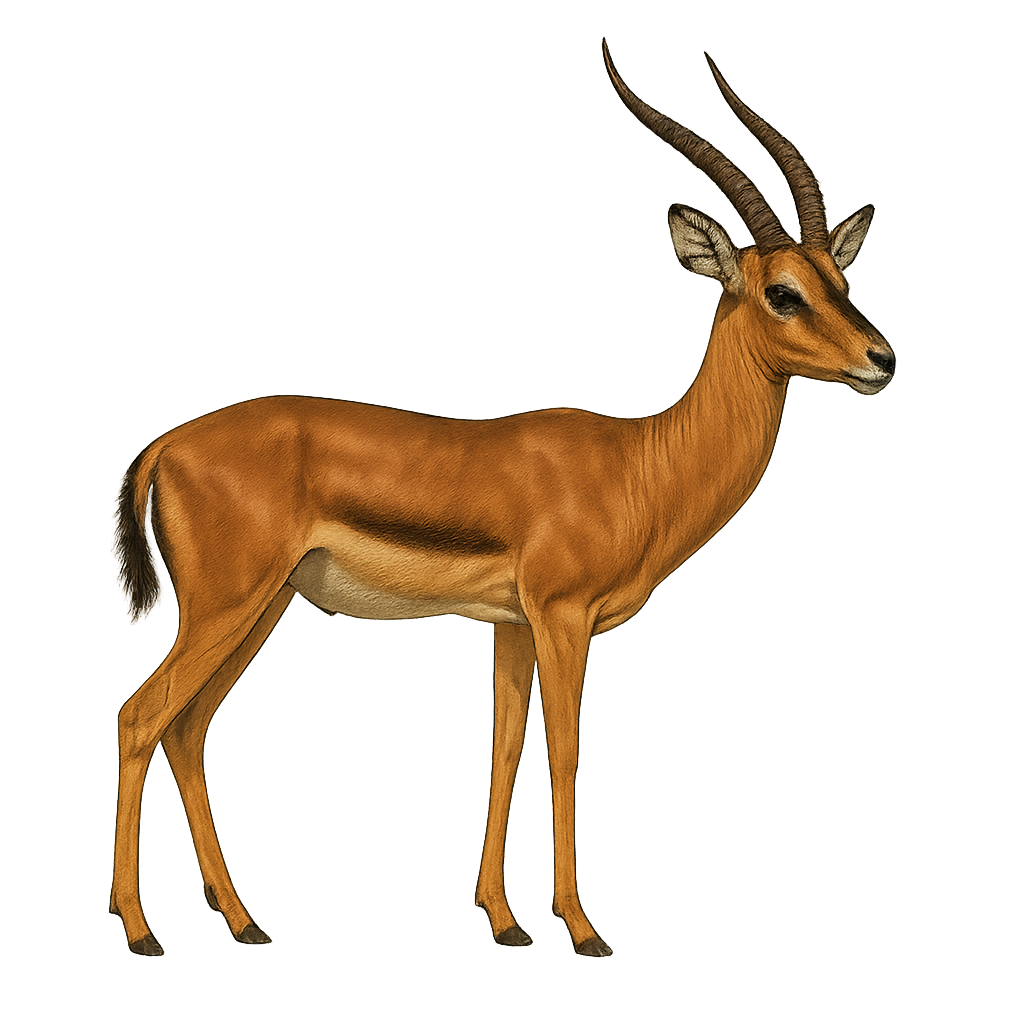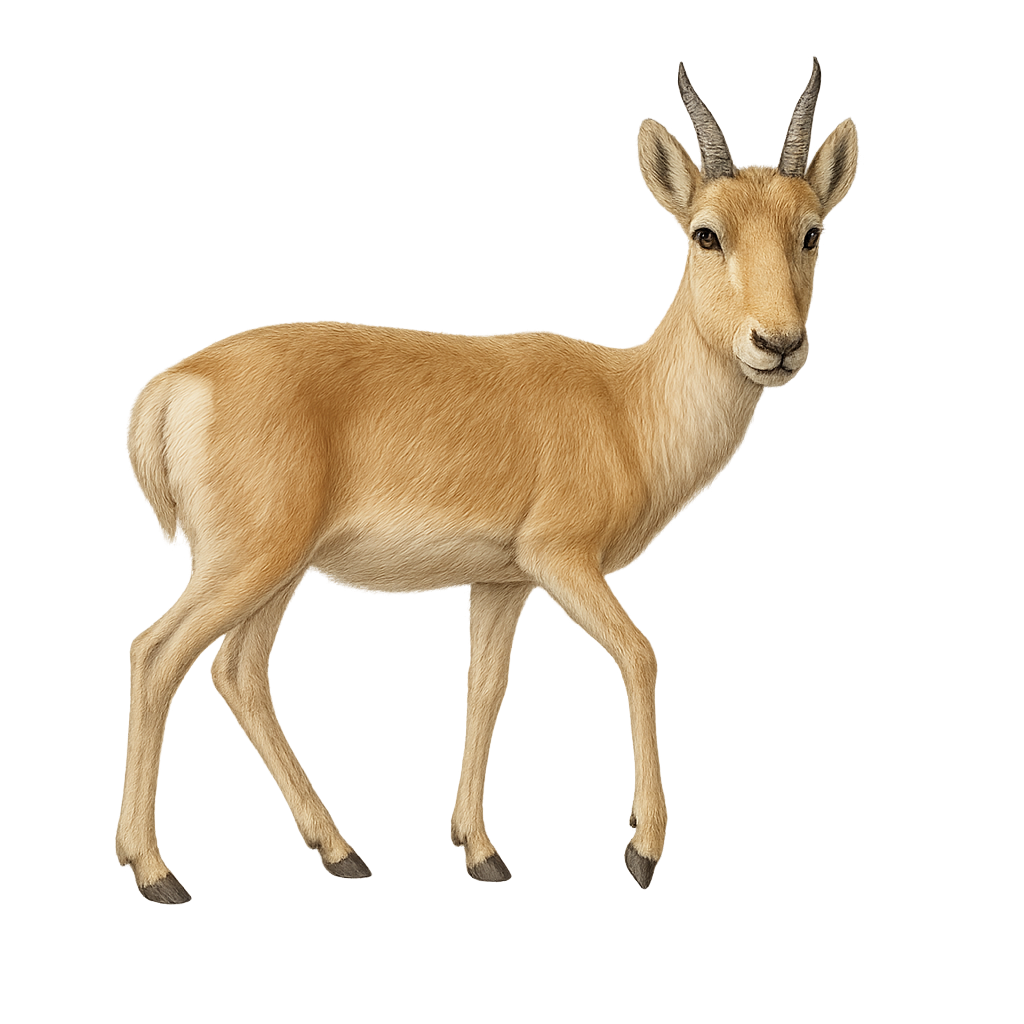The Western Long-beaked Echidna, or Zaglossus bruijni, is a fascinating mammal native to New Guinea. It is distinguished by its long snout and dorsal spines, similar to those of a hedgehog. This animal is a monotreme, meaning it lays eggs while being a mammal. It primarily feeds on earthworms and insects, which it finds using its sensitive snout. The Western Long-beaked Echidna is a solitary and discreet animal, living in dense forests and mountainous regions. Unfortunately, it is threatened by habitat loss and hunting, making it critically endangered according to the IUCN.
The Caucasian squirrel, or Sciurus anomalus, is a small tree-dwelling rodent found mainly in the deciduous and mixed forests of the Middle East, particularly in Turkey, Iran, and parts of the Caucasus. It is characterized by its reddish-brown fur, bushy tail, and ears adorned with small tufts of hair. Primarily active during the day, it spends much of its time climbing trees in search of food, mainly seeds, nuts, and fruits. Although generally solitary, it can sometimes be seen in small groups, especially during the breeding season. Its ability to adapt to different habitats allows it to survive in various environments, although deforestation poses a threat to its populations.
The Indian Giant Squirrel, Ratufa indica, is an impressive rodent known for its size and vibrant colors. It can grow up to a meter long, including its tail, and sports a coat with varying shades from brown to black, with hints of cream and rust. This squirrel is arboreal, spending most of its time in the trees of India's tropical rainforests. It primarily feeds on fruits but also consumes flowers, bark, and insects. Its behavior is generally solitary, although it can be seen in pairs during the breeding season. With its long tail, it maintains perfect balance when leaping from tree to tree.
The Red Squirrel is a small tree-dwelling mammal, well-known for its reddish-brown fur and long ears, often tipped with tufts of hair. It typically measures between 20 and 25 cm in length, with a bushy tail that can reach up to 25 cm in length. This rodent is mainly found in deciduous and mixed forests across Europe and Asia, but it is also present in urban parks and gardens. The Red Squirrel is omnivorous, feeding mainly on nuts, seeds, mushrooms, and occasionally insects or bird eggs. Highly agile, it moves with ease between trees, using its tail as a stabilizer. It is a territorial animal that builds ball-shaped nests made of twigs, moss, and leaves, often placed in tree trunks or branches. While the species is still fairly widespread, it faces threats such as habitat loss, competition with the introduced Grey Squirrel, and collisions with vehicles.
The Moose is a large deer found primarily in North America, particularly in coniferous forests and wetlands. It can reach up to 2 meters in height at the withers and weigh between 350 and 600 kg. Males are distinguished by their large antler racks, which can reach a span of 1.8 meters. Their coat is typically dark brown to black, with a lighter belly and a small mane of hair under the neck. The Moose is a herbivore, feeding mainly on leaves, branches, bark, fruits, and aquatic plants. It is an excellent swimmer and spends a great deal of its time feeding in lakes and rivers. While its population remains stable, it is threatened by habitat loss and hunting.
The Common Eland is a large herbivorous ungulate, belonging to the bovidae family, and one of the largest species of antelope. It can stand up to 1.5 meters tall at the withers and weigh between 400 and 900 kg, with males generally being larger than females. Its coat is usually light brown or gray, with lighter vertical stripes on the flanks. The Common Eland has large, spiral horns that can reach up to 80 cm in males. It primarily inhabits savannas and grasslands in sub-Saharan Africa, where it feeds mainly on grasses, leaves, and bushes. It is a social animal, living in large groups, especially during the breeding season. While the Common Eland is currently listed as of least concern, it faces threats such as habitat loss, hunting, and competition with livestock for food resources.
The Giant Eland, or Tragelaphus derbianus, is a large, robust, and majestic antelope, easily recognizable by its spiral-shaped horns, present only in males. It measures between 1.4 and 1.7 meters at the shoulder and can reach a length of 2.5 to 3 meters, including its tail. Its weight ranges between 600 and 1,000 kg, making it one of the largest antelopes. Its coat is generally light brown to gray, with white markings on the belly and throat. The Giant Eland primarily inhabits open savannas, light forests, and mountainous regions in Central and West Africa, mainly in the Democratic Republic of Congo, Cameroon, Gabon, and Angola. Herbivorous, the Giant Eland primarily feeds on grasses, leaves, and fruits, and it is capable of consuming a wide variety of vegetation, allowing it to adapt to different environments. It is a social animal that lives in family groups or small herds. While the species is classified as of least concern, it is threatened by habitat loss and hunting.
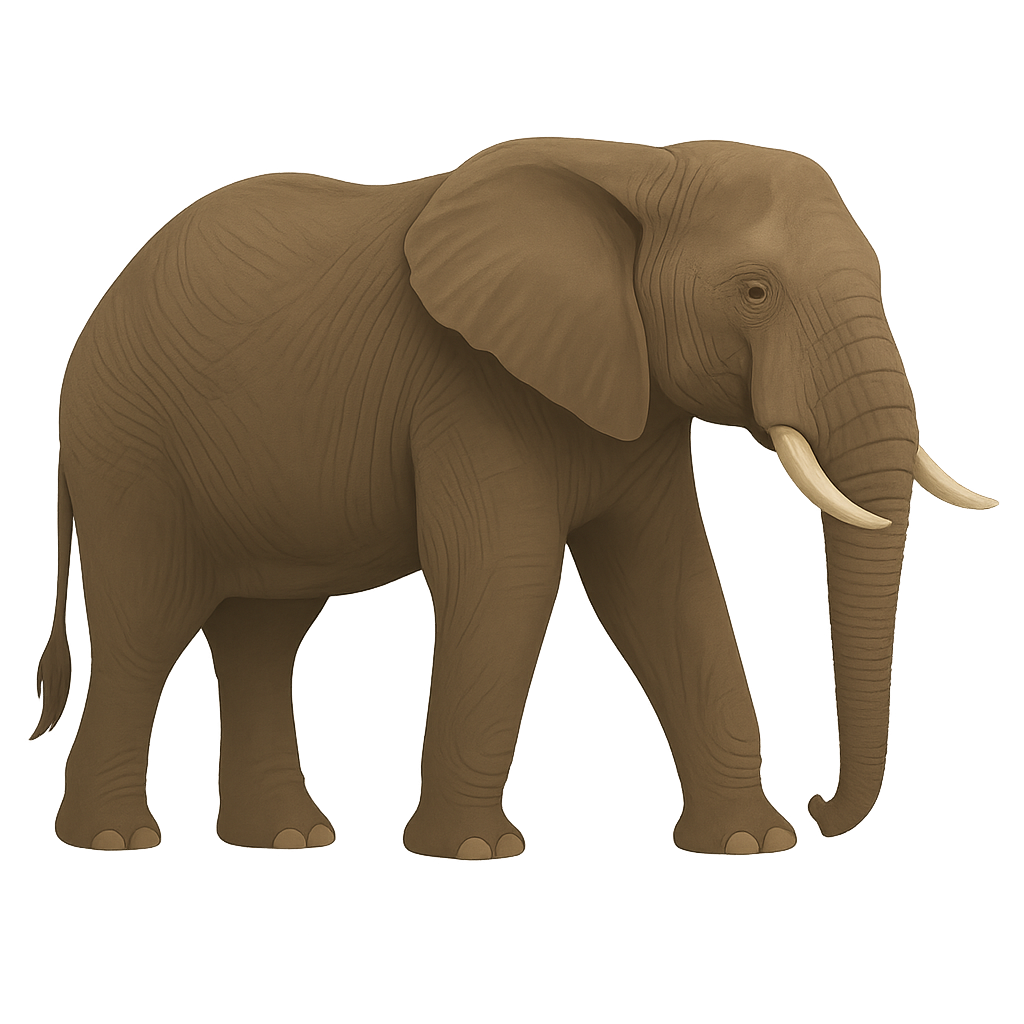
The African Savannah Elephant is the largest land mammal, and the largest of all terrestrial animals. It can stand up to 4 meters tall at the withers and weigh between 4,000 and 7,500 kg. Its coat is gray, with rough skin often covered in dust or mud to protect it from the sun and parasites. The African Savannah Elephant is easily recognizable by its large ears, shaped like the map of Africa, which help regulate its body temperature. This elephant is primarily herbivorous, feeding on leaves, bark, fruits, and plants. It inhabits savannas, grasslands, and open forests across sub-Saharan Africa. The African Savannah Elephant is a social animal, living in family groups led by an older female. It plays a crucial role in its ecosystem by creating openings in vegetation and dispersing seeds. However, the species is threatened by habitat loss, poaching for its valuable tusks, and conflicts with human communities. The African Savannah Elephant is currently listed as vulnerable by the International Union for Conservation of Nature (IUCN).

The Asian Elephant is a large land mammal, known for its imposing size and large rounded ears. It typically stands between 2 and 3.5 meters at the withers and weighs between 2,000 and 5,000 kg. Its coat is generally grayish, although some individuals may have a more brownish tint. The Asian Elephant differs from the African Elephant in its smaller size, narrower ears, and its trunk, which has a single "finger" at the tip. This elephant primarily inhabits tropical forests, savannas, and wetland areas in South and Southeast Asia, including India, Thailand, Sri Lanka, and Cambodia. It is herbivorous, feeding on leaves, bark, fruits, and grasses. The Asian Elephant has often been associated with human communities due to its historical role in labor, transport, and religious ceremonies. However, the species is threatened by habitat loss due to agriculture, poaching for its valuable tusks, and conflicts with human populations. It is listed as endangered by the International Union for Conservation of Nature (IUCN).
The Forest Elephant is a large land mammal, characterized by its smaller size compared to the Asian Elephant and the African Savannah Elephant, standing around 2 to 3 meters at the withers and weighing between 2,000 and 5,000 kg. Its coat is gray, but its skin is often rougher than other elephants, and its ears are smaller, adapted to its forest habitat. The Forest Elephant primarily inhabits the dense forests of Central and West Africa, where it feeds on a wide variety of vegetation, including leaves, bark, fruits, and roots. Unlike the Savannah Elephant, it is more discreet and less social, though it may form small family groups. This elephant plays a key role in its ecosystem, contributing to seed dispersal and forest regeneration. However, the species is threatened by deforestation, poaching for its valuable tusks, and conflicts with human communities. It is currently listed as vulnerable by the International Union for Conservation of Nature (IUCN).
The northern elephant seal is a large marine pinniped, with adult males measuring 3–4 m in length and weighing 1800–2500 kg, and females reaching 2–2.5 m for 400–900 kg. It inhabits sandy beaches and coastal islands of the North Pacific, alternating long foraging trips at sea feeding on squid and fish with land phases at breeding sites. During the breeding season (December to January), males establish harems, produce deep bellows and engage in spectacular fights for female access, while females dig shallow nests and give birth to a single pup.
Large marine mammal in the family Phocidae, reaching up to 3.5 m in length and 600 kg in weight. It inhabits Antarctic and subantarctic coastal waters, feeding mainly on fish, cephalopods and juvenile seals. During the breeding season, females give birth to a single pup on the ice or beach and nurse it for about three weeks.
The Fossa fossana, also known as the Malagasy civet, is a small carnivorous mammal endemic to Madagascar. It is characterized by its grey-brown fur with black spots, which provides excellent camouflage in its natural habitat. Measuring about 50 cm in length, with a tail almost as long as its body, the Malagasy civet is primarily nocturnal. It inhabits the island's humid forests, feeding on small animals, insects, and fruits. Although often confused with the fossa, another Malagasy carnivore, the Malagasy civet belongs to a different family. Its population is threatened by deforestation and hunting, leading to its classification as near threatened by the IUCN.
The False killer whale is a large cetacean belonging to the dolphin family, known for its resemblance to the orca. However, unlike the orca, the false killer whale generally lives in warmer waters and is more discreet. It primarily feeds on fish, squid, and small marine mammals. Although its social behavior and ability to hunt in groups are remarkable, the false killer whale is threatened by marine pollution and accidental captures in fishing nets.

The Fennec is a small fox, easily recognized by its large ears, which can measure up to 15 cm long, nearly a third of its body size. It measures about 24 to 41 cm in length, with a tail measuring 18 to 30 cm, and weighs between 0.8 and 1.5 kg. Its fur is light beige to sandy, allowing it to blend perfectly into its desert environment. The large ears of the Fennec are not only a distinctive feature but also play a crucial role in regulating its body temperature by dissipating excess heat. The Fennec primarily inhabits the deserts and semi-desert regions of North Africa, especially the Sahara. It is a nocturnal animal, hunting primarily at night to avoid the intense heat of the day. Its diet is omnivorous, consisting of small mammals, insects, fruits, and roots. Thanks to its digging skills, it is able to find water beneath the sand, allowing it to survive in an environment where water is scarce. While the Fennec is not currently threatened, it may face risks related to habitat destruction and illegal capture for the pet trade.
The Fossa is a carnivorous predator endemic to Madagascar, a unique mix between a feline and a mongoose, with a sleek body and a long tail. It is the largest land predator on the island, primarily feeding on lemurs, but also small mammals, birds, and reptiles. The Fossa is particularly agile and capable of climbing, but it often prefers to hunt its prey on the ground. Although secretive and difficult to observe, it plays an important role in the ecosystem of Madagascar. The Fossa is endangered due to the loss of its natural habitat.
The Beech Marten is a small carnivorous mammal belonging to the mustelid family. It measures between 40 and 50 cm in length, with a tail that can reach up to 30 cm, and typically weighs between 1.5 and 2 kg. Its fur is dense and smooth, typically brown in color, with a lighter belly and a distinctive white patch on the throat. The Beech Marten is agile and opportunistic, primarily hunting small mammals, birds, eggs, as well as fruits and insects. It is mainly nocturnal and solitary, but can be observed in a wide variety of habitats, including forests, orchards, and even urban areas. It is known for its ability to climb trees and enter attics and lofts of human dwellings. While the Beech Marten is relatively common in Europe, it faces threats related to habitat loss and human activities, such as road traffic and deforestation.
The Indian palm squirrel, scientifically known as Funambulus palmarum, is a small rodent native to the Indian subcontinent. It is easily identifiable by its three distinct white stripes running along its back, contrasting with its grey-brown fur. These squirrels are primarily arboreal and are often found in gardens, parks, and wooded areas. They are diurnal and spend most of their day foraging for food, mainly feeding on fruits, nuts, and occasionally insects. Their behavior is generally not very shy, making them quite visible in urban areas. Although often solitary, they can be seen in small groups, especially during the breeding season.
The Demidoff's dwarf galago, also known as the Demidoff's bushbaby, is a small nocturnal primate native to the tropical forests of Central and West Africa. It is characterized by its diminutive size, measuring about 15 cm in length with a tail nearly as long. Its fur is soft and dense, typically gray-brown, allowing it to blend seamlessly into its natural surroundings. Its large, round eyes are adapted for night vision, and its mobile ears help detect the slightest sounds. It primarily feeds on insects, fruits, and tree gum. Although mostly solitary, it communicates with its peers through various vocalizations.
The Thomas's Dwarf Galago, or Galagoides thomasi, is a small nocturnal primate native to the tropical forests of Central Africa. This galago is characterized by its small size, large eyes adapted for night vision, and long hind legs that allow it to leap agilely between branches. Its fur is typically gray-brown with lighter shades on the belly. It primarily feeds on insects but also consumes fruits and sap. Galagos are known for their high-pitched calls and complex social behaviors, although they are often solitary. They play a crucial role in the ecosystem as insect predators and seed dispersers.
The Senegal Bushbaby, also known as the Senegal Galago, is a small nocturnal primate found primarily in the wooded regions and savannas of West and East Africa. It is easily recognizable by its large, round eyes adapted for night vision and its long hind legs that allow it to leap agilely from tree to tree. Its fur is soft and dense, usually gray or brownish, with a lighter belly. This primate is mainly insectivorous but also feeds on fruits and acacia gum. The galago is a social animal that communicates through high-pitched calls and uses its keen sense of smell to mark its territory.
The Senegal bush baby, also known as Galago moholi, is a small nocturnal primate native to the forests and savannas of West Africa, particularly Senegal and Gambia. This primate is easily recognized by its large eyes, pointed ears, and silky fur. It primarily feeds on insects, fruits, and nectar. The Senegal bush baby is an excellent climber and moves quickly from tree to tree using its long legs and prehensile tail. It is a social animal, often living in small groups, and is mainly active at night, using powerful vocalizations to communicate.
The Gaur is a large bovine, considered one of the most impressive species of wild cattle. It stands between 1.8 and 2 meters at the withers and can weigh from 500 to 1,000 kg, with males generally being larger and heavier than females. Its coat is dark, typically black or dark brown, with light markings on the legs and a distinctive mane around the neck. The Gaur primarily inhabits dense forests and mountains in South and Southeast Asia, especially in India, Nepal, Indonesia, and Malaysia. Herbivorous, it primarily feeds on grasses, young shoots, leaves, and fruits. The Gaur is a social animal, living in groups, although it is often observed alone or in small groups while foraging. Due to hunting, habitat loss, and conflicts with human populations, the Gaur is listed as vulnerable by the International Union for Conservation of Nature (IUCN).
The mountain gazelle, or Gazella gazella, is a graceful herbivorous mammal primarily inhabiting the arid and semi-arid regions of the Middle East. It is distinguished by its light brown coat, paler flanks, and lyre-shaped, ringed horns. Males are generally larger and have longer horns than females. This species is well adapted to its dry environment, capable of surviving with minimal water by extracting necessary moisture from its food. It is mainly active at dusk and dawn, avoiding the extreme daytime temperatures. The mountain gazelle is a social species, living in small groups, but can also be solitary. It is known for its speed and agility, allowing it to escape natural predators.
The goitered gazelle, or Gazella subgutturosa, is a species of gazelle known for its enlarged neck, particularly in males. It primarily inhabits the steppes and deserts of Central Asia and the Middle East. This gazelle is well adapted to arid environments and can survive with minimal water, feeding on drought-resistant plants. It is known for its speed and agility, which help it evade natural predators. Males have lyre-shaped horns, while females have smaller horns or none at all. The goitered gazelle is a vulnerable species due to hunting and habitat loss.
The Bright's Gazelle is an elegant, medium-sized antelope, recognizable for its slender proportions and long, thin legs. It stands about 75 cm at the withers and weighs between 30 and 40 kg. Its coat is generally light beige, with darker markings on the flanks and a distinctive black stripe running along its lateral line. Adult males have fine, curved horns, while females generally lack them. The Bright's Gazelle primarily inhabits the savannas and steppes of East Africa, particularly in Ethiopia and Kenya. It is herbivorous, feeding mainly on grasses, leaves, and plants. Like all gazelles, it is fast and agile, capable of running at speeds of up to 80 km/h to escape predators. Although the Bright's Gazelle is not currently endangered, it faces threats related to habitat loss, hunting, and competition with livestock for food resources.
The Cuvier's gazelle is a species of gazelle native to North Africa, mainly found in Algeria, Tunisia, and Morocco. It is characterized by its medium size, lyre-shaped horns, and light brown coat with white markings on the belly and legs. Adapted to arid environments, it inhabits steppes, mountains, and semi-desert areas. It is herbivorous, feeding mainly on grasses and leaves. The Cuvier's gazelle is an endangered species, primarily due to excessive hunting and habitat loss. Conservation efforts are underway to protect this iconic species of North African wildlife.
The Grant's Gazelle is an elegant, medium-sized antelope, easily recognizable by its long legs and generally sandy-colored coat with distinctive markings. It stands about 75 cm at the withers and weighs between 40 and 60 kg. The coat of the Grant's Gazelle is primarily beige with darker vertical stripes along the flanks and a black stripe running across its back. Adult males have long, slightly curved horns in the shape of a lyre, while females generally lack them. This gazelle primarily inhabits savannas, grasslands, and wooded areas in East Africa, particularly in Kenya, Tanzania, and Uganda. Herbivorous, it primarily feeds on herbaceous plants, leaves, fruits, and bark. Very fast and agile, the Grant's Gazelle can reach speeds of up to 80 km/h, allowing it to escape many predators. Although the species is not endangered, it faces threats such as habitat loss, hunting, and competition with livestock for food resources.
The Mongolian gazelle, or Procapra gutturosa, is a species of gazelle primarily inhabiting the vast steppes of Mongolia and parts of China. It is recognizable by its light brown coat, which helps it blend into its arid surroundings. Males are distinguished by their ringed horns and thicker necks, especially during the rutting season. These gazelles live in large herds, which provide protection against predators. They are extremely agile and can run at high speeds to escape danger. Their diet mainly consists of grasses and low-lying plants, adapted to the harsh climatic conditions of their habitat.
The Thomson's Gazelle is a small, elegant gazelle known for its speed and grace. It stands about 60 cm at the withers, with a body length of 90 cm, and weighs between 20 and 30 kg. Its coat is mainly beige, with distinct white markings on its belly and a black stripe running along each side of its body. The adult male has curved lyre-shaped horns, while females generally lack them. The Thomson's Gazelle primarily inhabits the savannas and grasslands of East Africa, particularly in Tanzania and Kenya. It is herbivorous, feeding mainly on grasses, young shoots, and leaves. Very fast, the Thomson's Gazelle can reach speeds of 80 to 90 km/h, allowing it to escape many predators. Although it is currently relatively common, the Thomson's Gazelle faces threats related to habitat loss and human activities, including hunting and competition with livestock.


